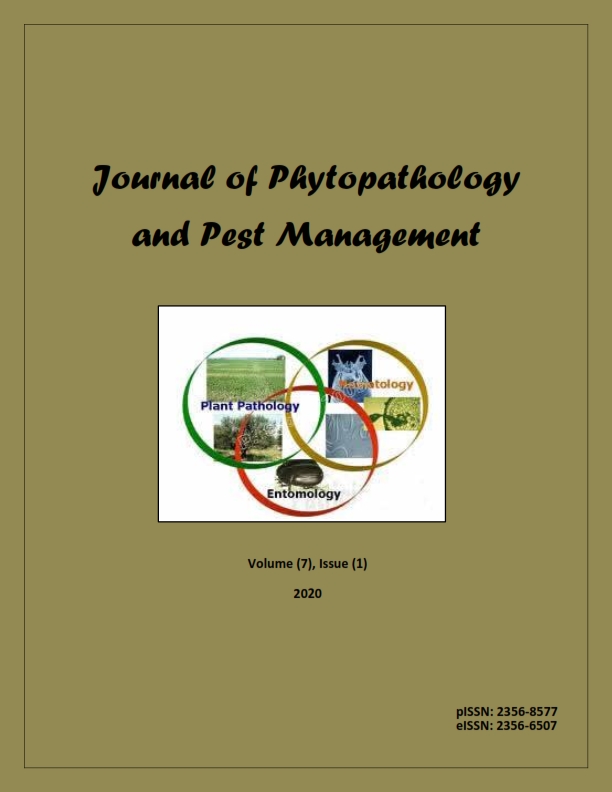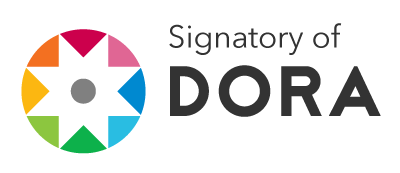Evaluation of different chemicals to control Erysiphe betae the causal pathogen of sugar beet powdery mildew
Abstract
Survey on sugar beet plantations at Minia and Assiut governorates, Egypt revealed that powdery mildew disease was the most epidemic threat on sugar beet plantations. It was noticed that the highest Area Under Powdery Mildew Progress Curve (AUPMPC) value was detected in Abnob locality, Assiut governorate while the lowest one was found in Maghagha locality, Minia governorate. Data revealed that five months’ post collection conidia of Erysiphe betae failed to infect sugar beet leaves cultivar FD.0807. Results of conidial germination showed that the percent germination in darkness was lower than in light. Also a high percentage of germinating conidia formed appressorium on dry glass slides. The examination of powdery mildew infected sugar beet leaves using scanning electron microscopy showed that the fungus penetrates the epidermis of the leaves by the haustoria which are folded in many patches forming a complex web almost completely covers the leaf. Field experiment was conducted to evaluate three chemical compounds containing plant macronutrients, along with five fungicides against powdery mildew disease. Results showed that sodium bicarbonate achieved the best disease control among the macronutrient-containing compounds followed by calcium chloride and potassium silicate, respectively. Sodium bicarbonate achieved the highest total soluble solids (TSS) percentage and root weight at all rates of application followed by calcium chloride, while potassium silicate achieved the least TSS % and root weight. Concerning fungicides, Bellis 38%WG gave noticeable result in disease reduction followed by Collis 30% SC and Tilt 25% EC, respectively. The results showed that the highest TSS % and root weight were detected in the roots of sugar beet plants treated with Bellis 38% fungicide followed by Collis 30%. Meanwhile, the lowest significant of TSS % and root weight was detected after treatment with Permatrol 99%.
Metrics
Published
How to Cite
Issue
Section
License
Click here for more information on Licensing policy

.png)




